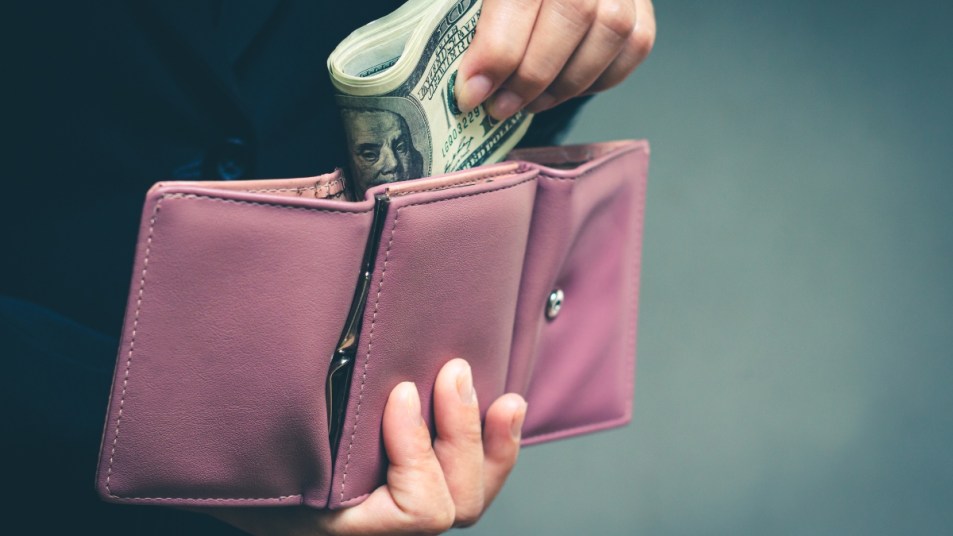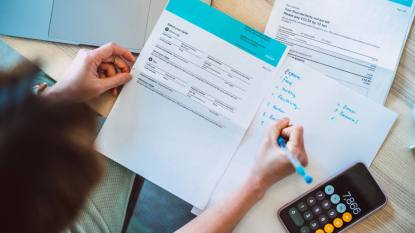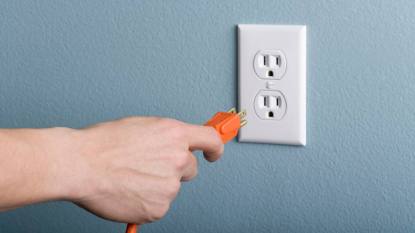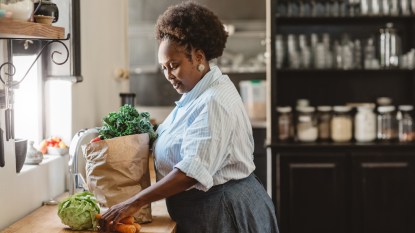Save Your Money: 8 Tricks for Recognizing and Avoiding Marketing Ploys

Retailers spend millions each year researching how to get get shoppers to spend more in their stores. Here, learn how to outsmart these marketing ploys and keep more cash in your pocket.
Keep shopping trips under 30 minutes.
“The average supermarket offers thousands of products — that’s a lot of choices to be made. Most shoppers can only keep this decision-making process up for 40 minutes, according to studies at Bangor University in Wales, at which point most of us get tired and give up.
Stores count on this since it’s when emotional purchases — or impulse buys — get made, which can lead to as much as 50 percent of unplanned purchases! Instead, keep shopping trips to 30 minutes if possible, and only shop from your list.”
— Paco Underhill, author of Why We Buy (Buy from Amazon, $16.55).
At the supermarket, recognize this tactic.
“To sell more inventory, stores make products appear scarce so shoppers think they’re more valuable. In one study, just adding a ‘maximum eight cans of soup per customer’ sign led to more soup being sold — at the same price as the day before! Checking prices will help you decide if it’s a ploy.”
— Martin Lindstrom, author of Buyology (Buy from Amazon, $14.49).
At any store, don’t be charmed by pricing.
“Whenever you see a product priced at $29.99 or $9.98, the retailer is attempting to ‘charm’ your brain by marking prices just below a round number. Our brains are trained to read from left to right, so often the first digit is the one that sticks in our head when we decide if the ‘price is right.’ My advice? Get into the habit of rounding up so you’re less likely to fall for it.”
— Kyle James of Rather-Be-Shopping.com.
At the department store, look closely at ‘sales’.
“When buying clothes, always read the fine print. You’ll often see ‘sale sign deception,’ such as a big sign promoting ‘2 sweaters for $50.’ Retailers know shoppers see these signs and automatically assume it’s a special deal, even though not everything hanging near the sign is on sale. For example, sometimes the sweaters might already be regularly priced at $25 each. Plus, if they are indeed on sale, you can usually buy just one to get the advertised pricing.”
— Andrea Woroch, moneysaving expert at AndreaWoroch.com.
At the drugstore, head directly to clearance.
“Drugstores fill their front shelves according to well-researched planograms — maps detailing exactly where products should be placed in order to maximize sales. However, you can use these sneaky planograms to your advantage by shopping at stores with smaller square footage and heading straight to the clearance section. The reason: These stores have less room and are forced to do more clearance sales in order to accommodate new products; some stores simply don’t have the shelf space, so they pull other items to make room and mark them down for a quick sale.”
— Lisa Gettling, financial blogger at FBAMaster.com.
At the gas station, pay at the pump.
“Gas Buddy reports that over 70 percent of fuel customers never come inside the convenience store. So, they send tempting pump-to-store promotions to entice you inside — usually in conjunction with joining their loyalty program. Upon signing up, you’ll often get a BOGO offer, followed by a discount offer. This strategy creates the habit of fueling up, getting a notification while at the pump, then heading into the store to redeem an offer. Your best bet? Stay outside!”
— Brad Van Otterloo, CEO of Koupon.com.
At the supermarket, make a list and stick to it.
“Grocery stores place flowers and bread by the entrance, enticing your visual and olfactory senses, putting you in the mood to spend. Also sneaky? Produce is actually more likely to rot faster when misted — but stores do it to make it appear fresh so you’re more likely to grab them. And once you’ve checked off ‘healthy’ food from your list you feel more free to throw whatever else you see in your cart! Avoid it by sticking to your list, so you only buy the staples you originally came in for.”
— Janet Alvarez, money-saving expert for Wisebread.com.
At the drugstore, avoid ‘open the wallet’ items.
“At drugstores, you’ll sometimes see displays of name-brand detergent going for $2 per bottle or $1 bottles of shampoo as soon as you walk into the store. These are called ‘open the wallet’ items. They’re strategically placed to get you to buy something as soon as you step into the store. Smart for owners, since research shows that once you place these items in your cart, you’ll feel so good about scoring such a great deal that you’ll continue placing more items in the cart — even if you hadn’t planned to buy them.
Kyle James, coupon expert at Go Banking Rates, suggests you do this instead: “The next time you step into the store, note the deal, then move on to what you initially came in for. If you still want it after you pick that up, circle back and grab it.”
A version of this article originally appeared in our print magazine, First for Women.













